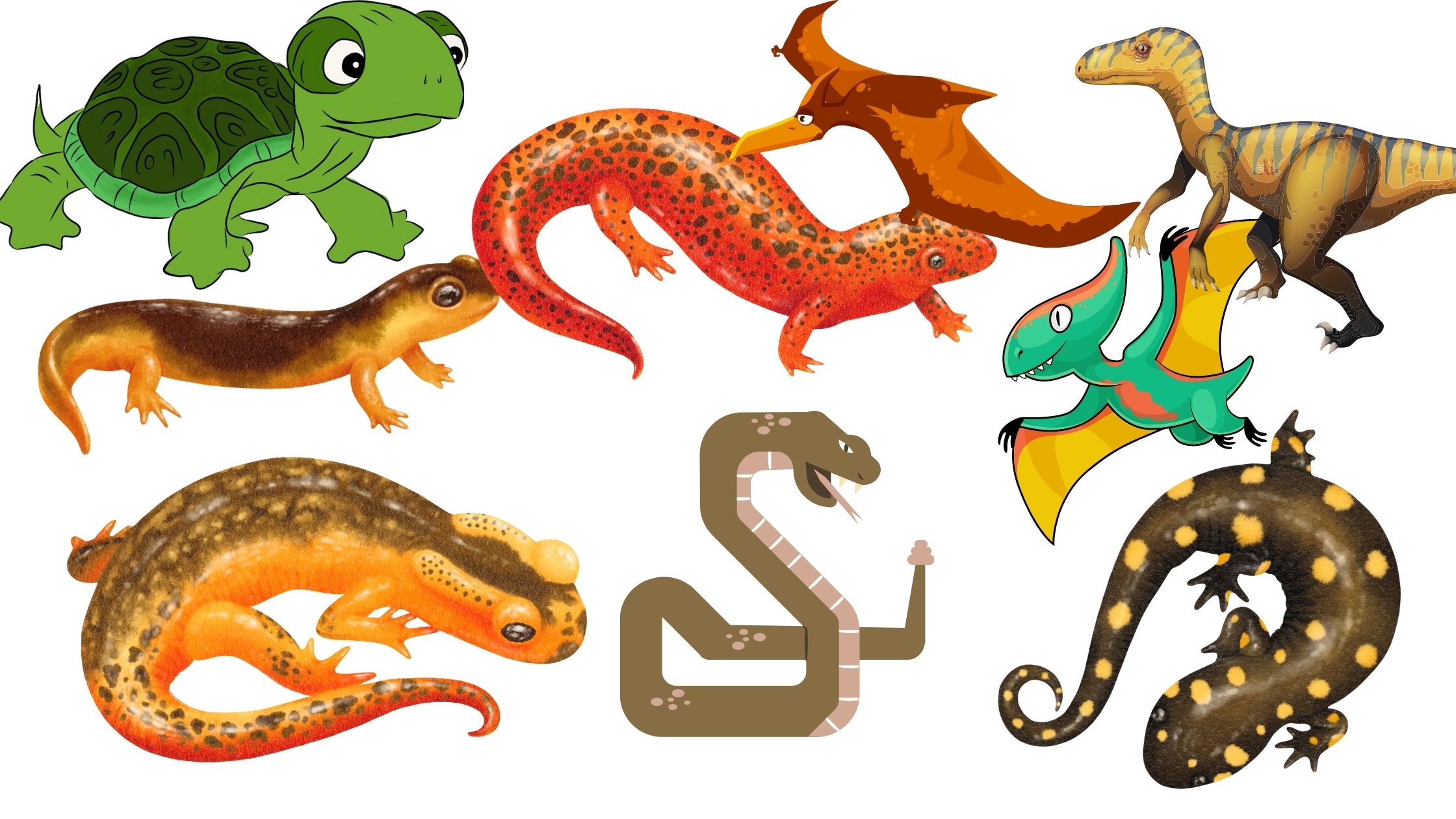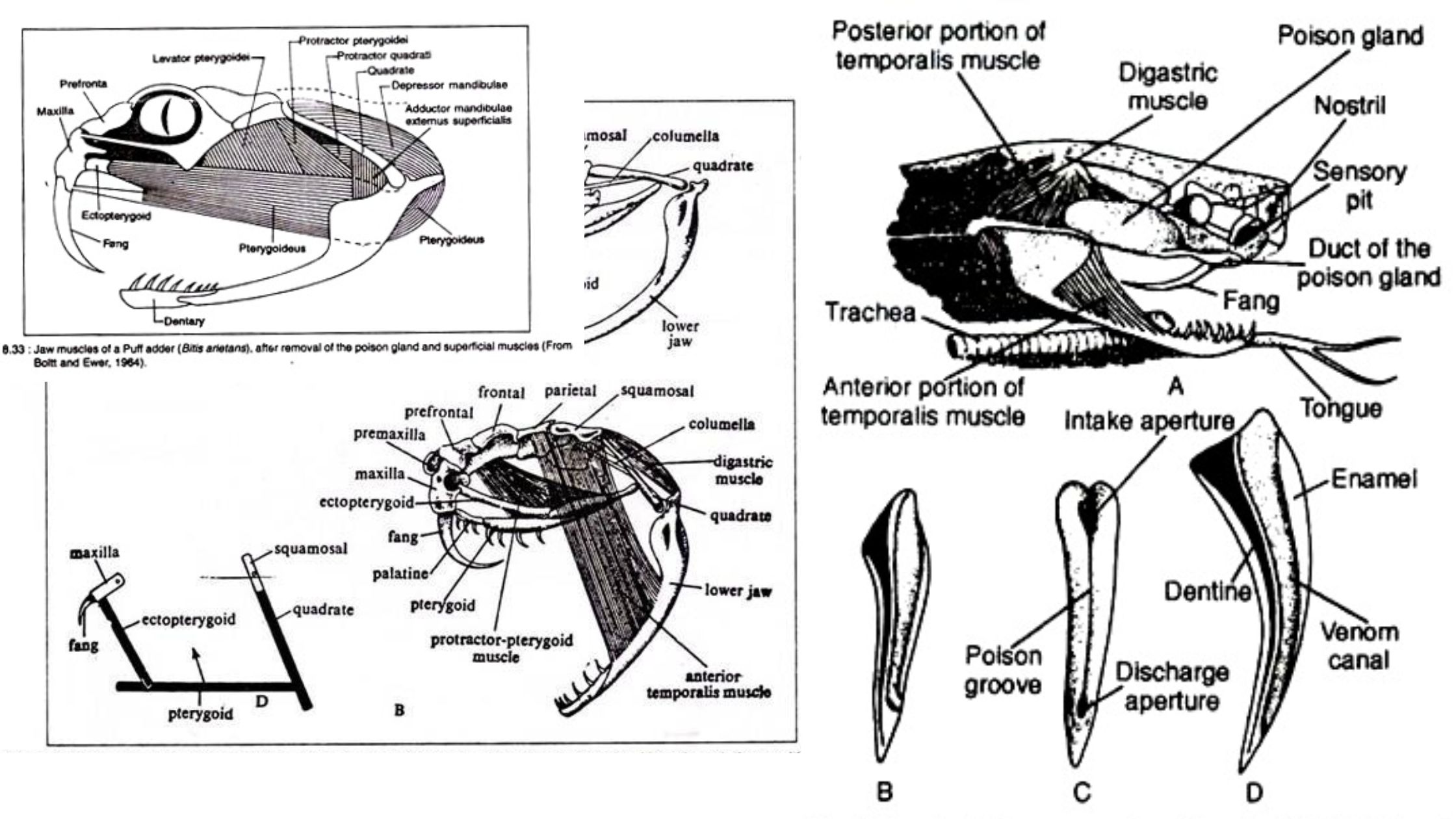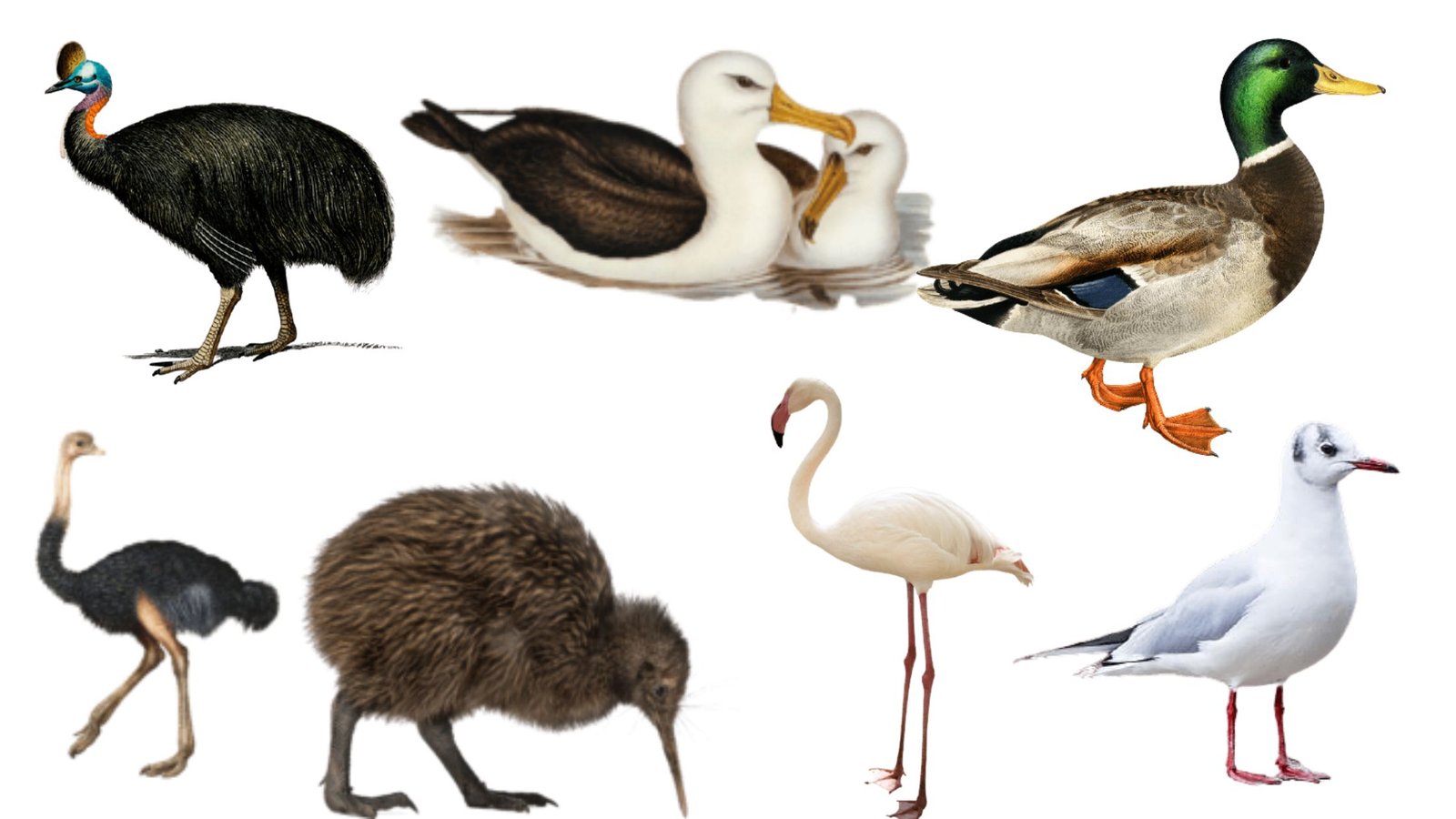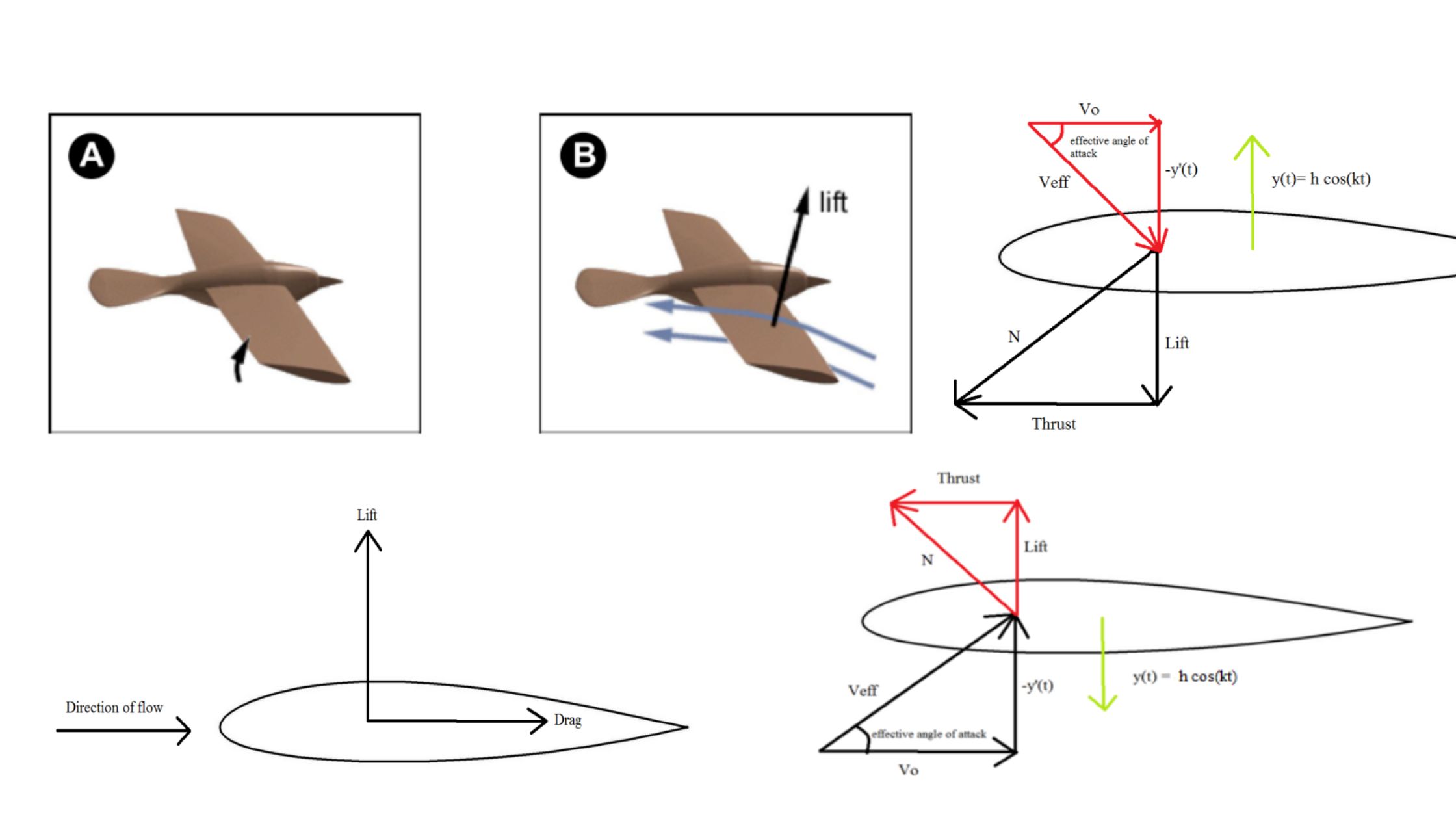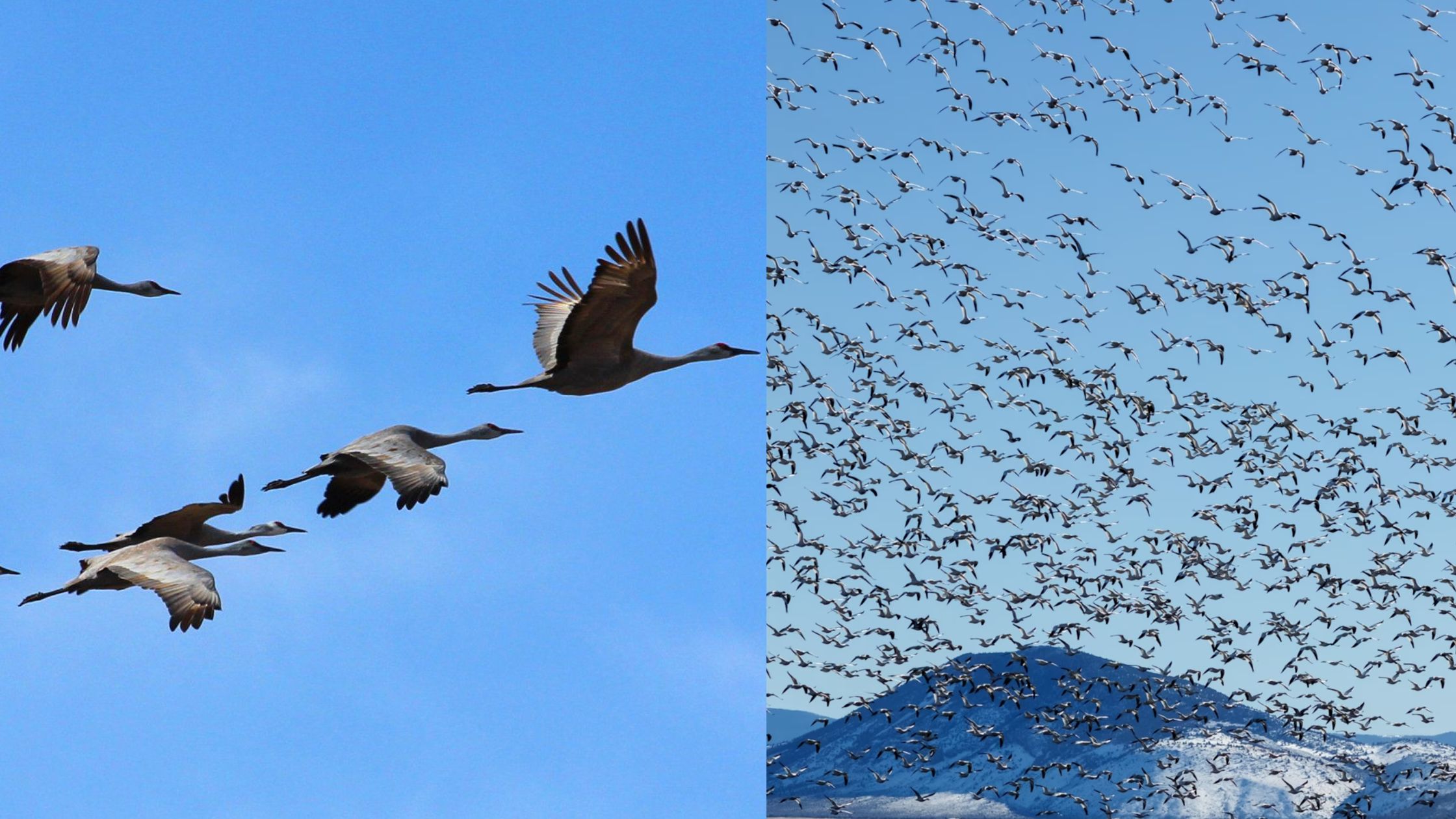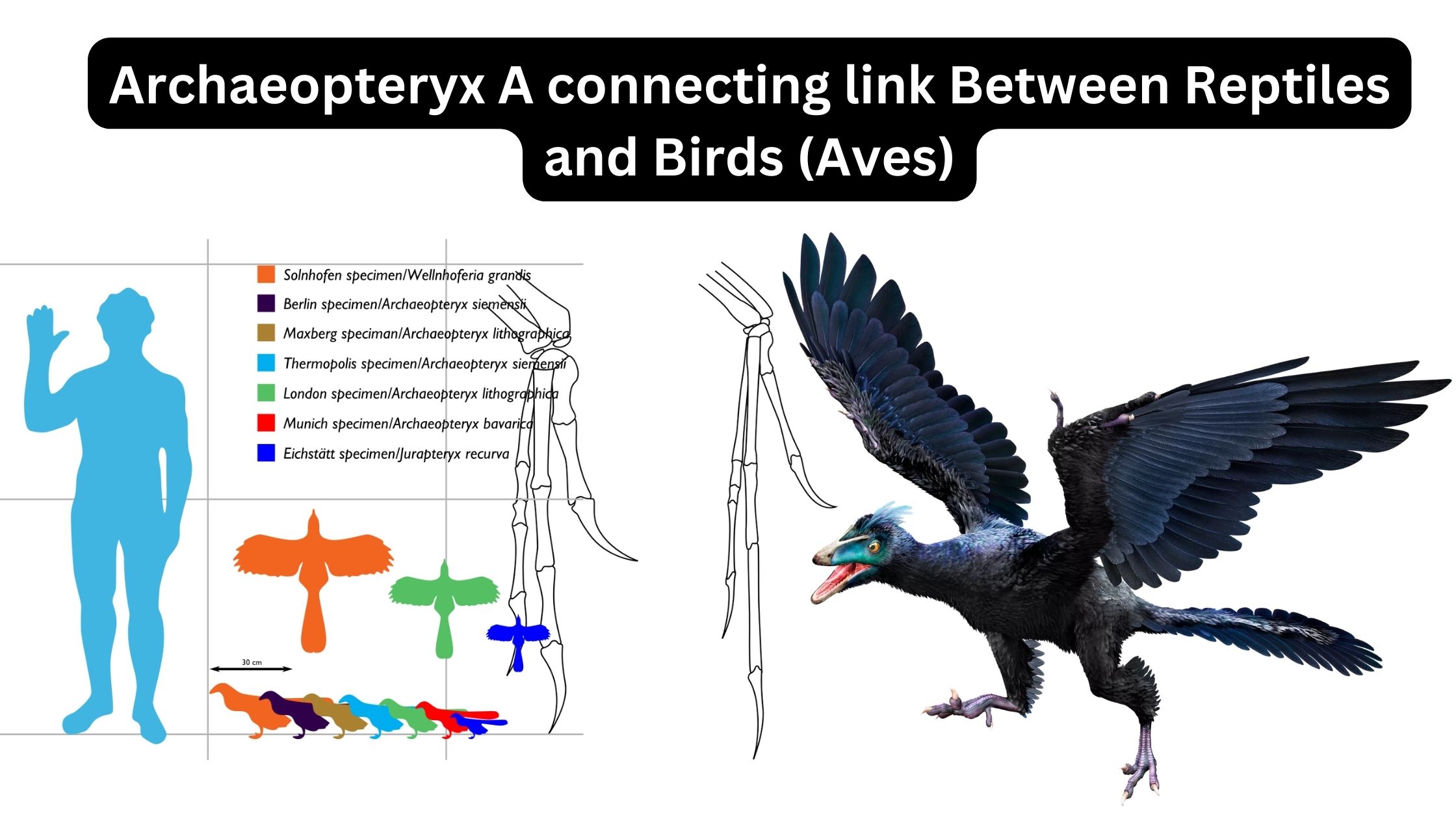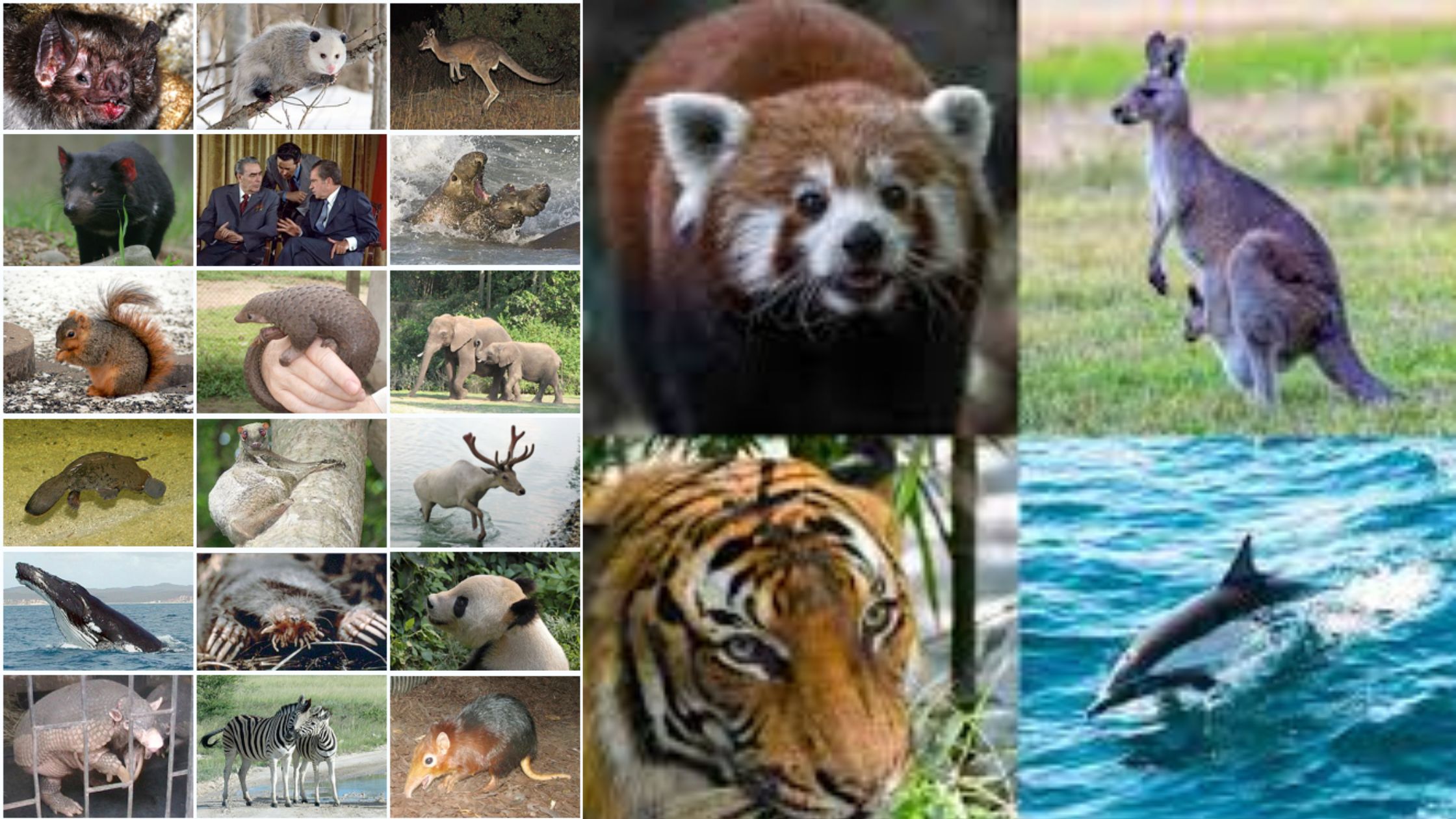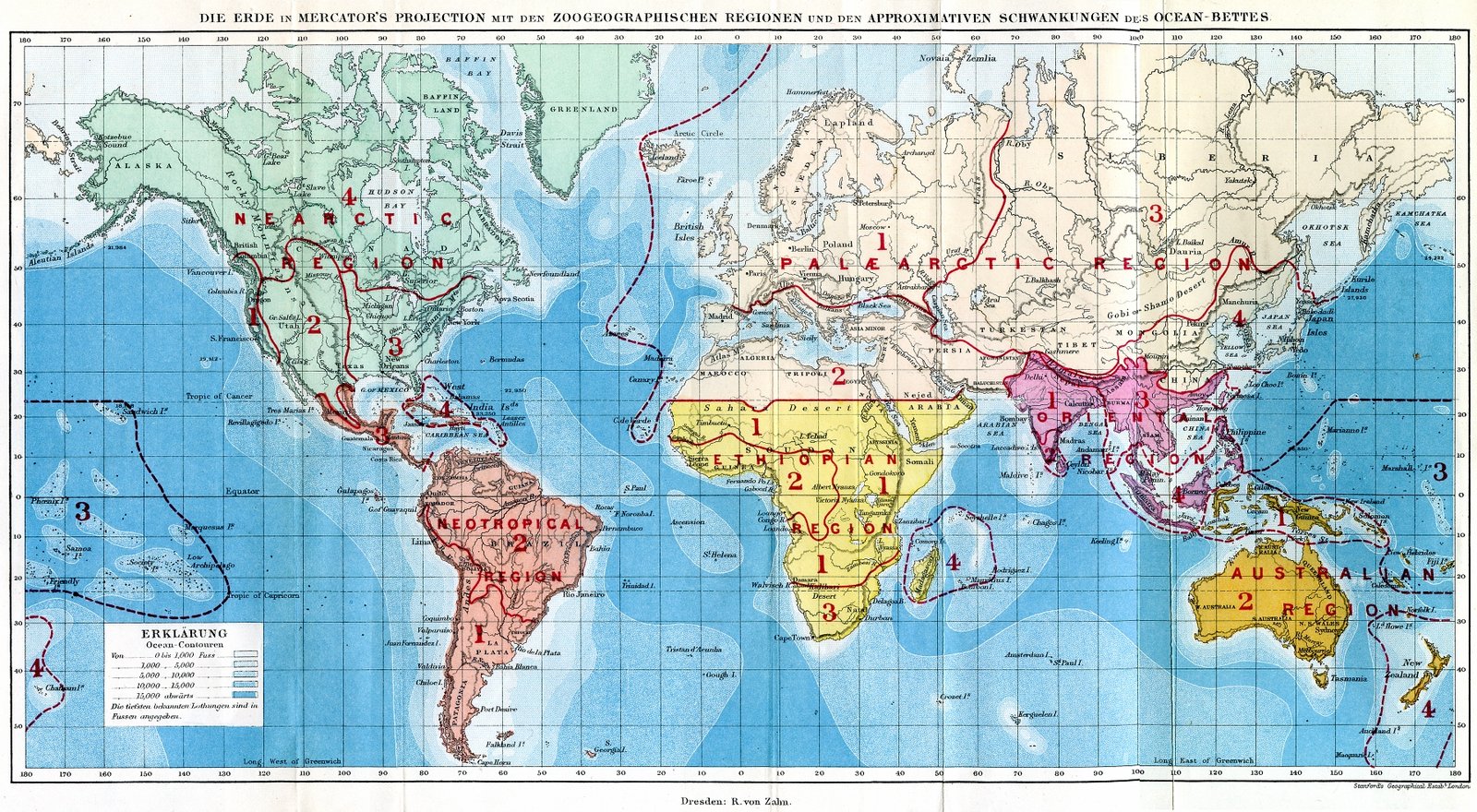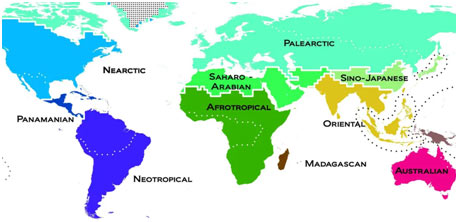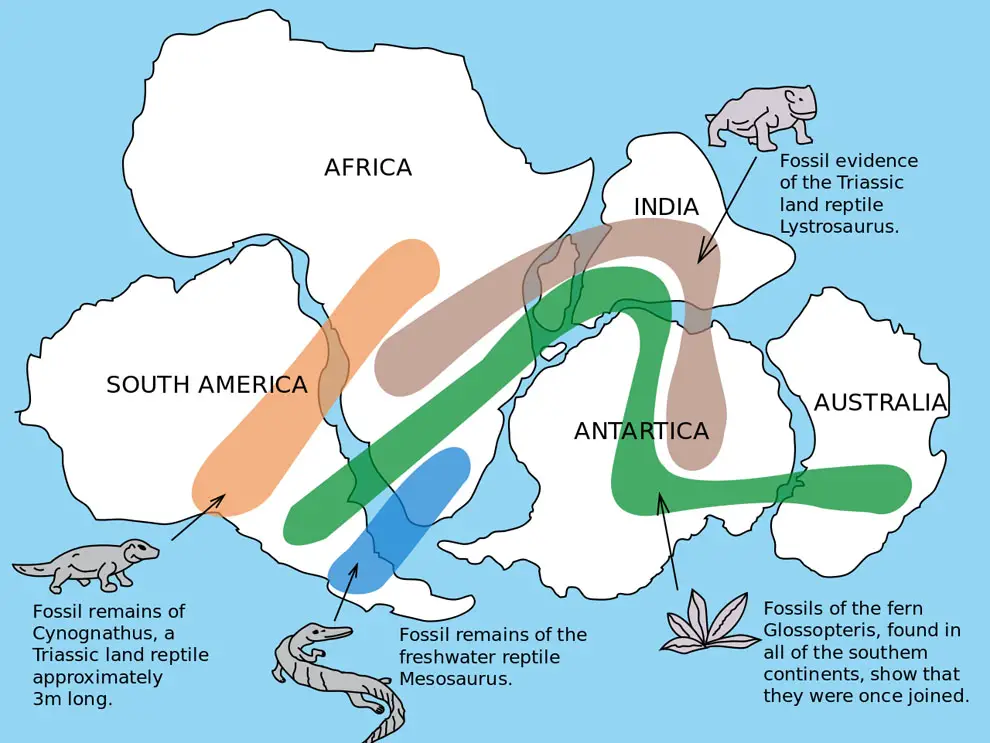Reptilia – Definition, Characteristics, Classification
What is Reptilia? Reptilia Scientific Classification Characteristics of Reptilia The characteristics of animals belonging to Class Reptilia are as follows: Some examples of reptiles include snakes, turtles, lizards, and crocodiles. These animals exhibit a wide range of adaptations and behaviors that have allowed them to thrive in diverse habitats across the globe. Origin of the … Read more
